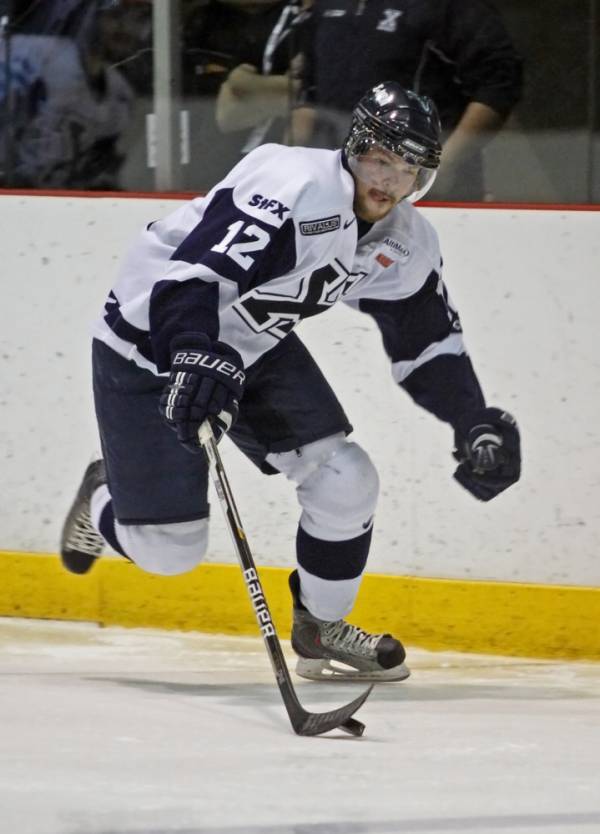In hockey, it has always been accepted amongst strength and conditioning specialists as well as the players themselves that the off-season was the only time to really improve your strength and athleticism. The in-season was and still is considered a period where you are looking to maintain the added strength and power that you built up over the off-season. For the most part, I believe this to be true. The hockey season can be extremely demanding on the players’ bodies. Most higher level teams play two or three games per week and have to fit in practices around those games. Most of these players also have school to attend during the day, so that’s just one more thing to eat up at a player’s schedule during the hockey season.
So how exactly are you supposed to improve your athleticism during the season?
As a strength and conditioning coach or a player, the thing to keep in mind when designing an in-season program is your team’s game schedule. The whole purpose for players getting into the weight room is to improve their performance on the ice, so games need to be the focal point of scheduling. You need schedule in some recovery time leading up to games, as well. The last thing to remember is that workouts should not be scheduled more frequently than three times a week. Overdoing it in the weight room during the season is going to be a recipe for disaster in the form of overuse injuries, especially groin strains, which are already very common in hockey players.
Here are four tips for in-season hockey training success:
 Let’s look at shot power, for instance. By adding in medicine ball exercises like side throws, you’ll be focusing on building rotational power through the core area, which is a huge key to having a cannon of a shot. Or take speed as another example. Running for thirty minutes to an hour at a time isn’t going to help you get faster, so stop doing that if speed is your goal. Instead, program in intervals of sprints that last anywhere from ten to twenty seconds. Remember a hockey player’s shift is around one minute at a time, but if you look at the players and what they’re doing during that shift, there could be a few stops in action, and the most they’re ever going all out is really around ten to twenty seconds.
Let’s look at shot power, for instance. By adding in medicine ball exercises like side throws, you’ll be focusing on building rotational power through the core area, which is a huge key to having a cannon of a shot. Or take speed as another example. Running for thirty minutes to an hour at a time isn’t going to help you get faster, so stop doing that if speed is your goal. Instead, program in intervals of sprints that last anywhere from ten to twenty seconds. Remember a hockey player’s shift is around one minute at a time, but if you look at the players and what they’re doing during that shift, there could be a few stops in action, and the most they’re ever going all out is really around ten to twenty seconds.With those four tips, whether you are a coach or a player, you should be able to refocus your in-season training for hockey. Remember, there’s always a way to improve – the off-season isn’t the only time to focus on athletic improvement.
Photos courtesy of Shutterstock.






